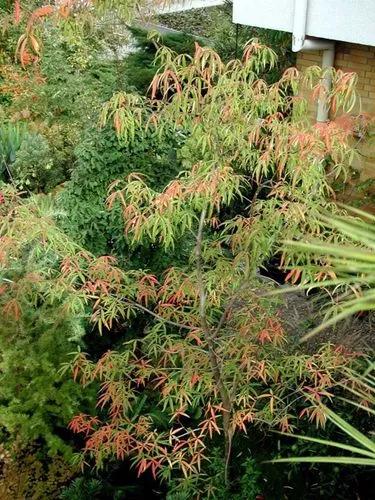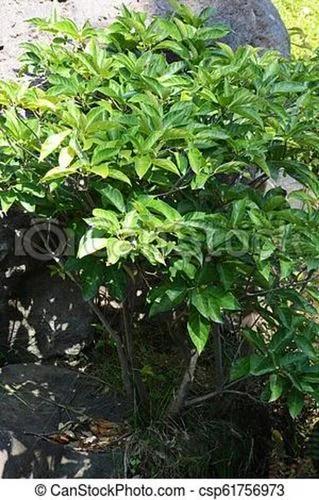Corylus avellana is a large deciduous shrub that is commonly known as the European Hazel. It is native to the British isles, western Asia, and as far south as the Iberian peninsula. It is cultivated for its nuts.
Common hazel Care
Corylus avellana
Other names: Common Hazelnut



Common hazel is typically a shrub reaching 3–8 m tall, but can reach 15 m. The leaves are deciduous, rounded, 6–12 cm long and across, softly hairy on both surfaces, and with a double-serrate margin. The flowers are produced very early in spring, before the leaves. The fruit is a nut. It is roughly spherical to oval in shape, about 15–25 mm long and 10–15 mm in diameter, with an outer fibrous husk surrounding a smooth shell. The nut falls out of the husk when ripe, about seven to eight months after pollination. Hazelnuts are rich in protein and unsaturated fat. They also contain significant amounts of manganese, copper, vitamin E, thiamine, and magnesium.The scientific name avellana derives from the town of Avella in Italy.
How to Care for the Plant

Water

Never allow the soil around a hazelnut tree or shrub to dry out completely. Water weekly during dry spells, allowing as much water as possible to sink deep into the soil.

Fertilizer

Hazelnuts don’t need regular fertilization if they are grown in good soil. If you notice slow growth and pale leaves, the plant will probably benefit from a small amount of nitrogen fertilizer in spring.

Sunlight

The tree needs full sun (6 or more hours of direct sunlight a day).

Soil

These trees adapt to almost any soil as long as it is well-drained, but perform best in a soil with plenty of organic matter.

Temperature

The plant is not frost-tender. It can be grown in the areas with the lowest winter temperatures down to −34.4°C (−30°F).

Popularity

1,172 people already have this plant 207 people have added this plant to their wishlists
Discover more plants with the list below
Popular articles






